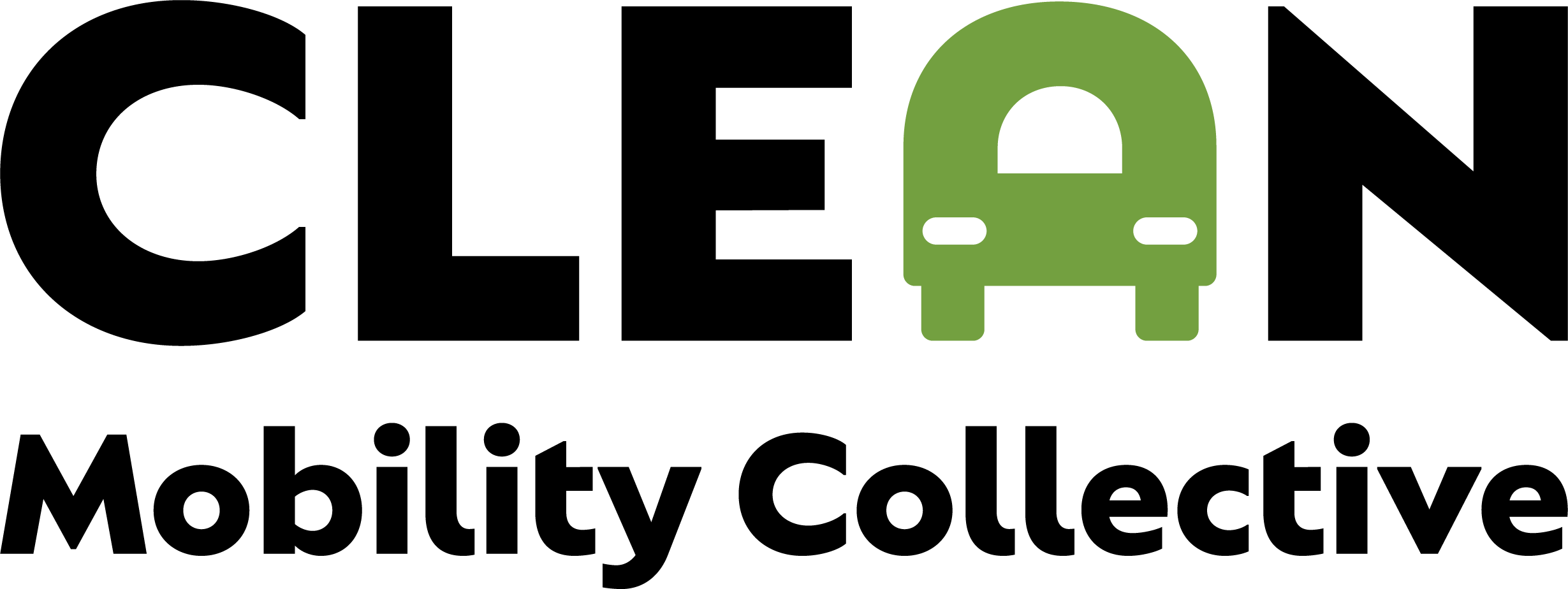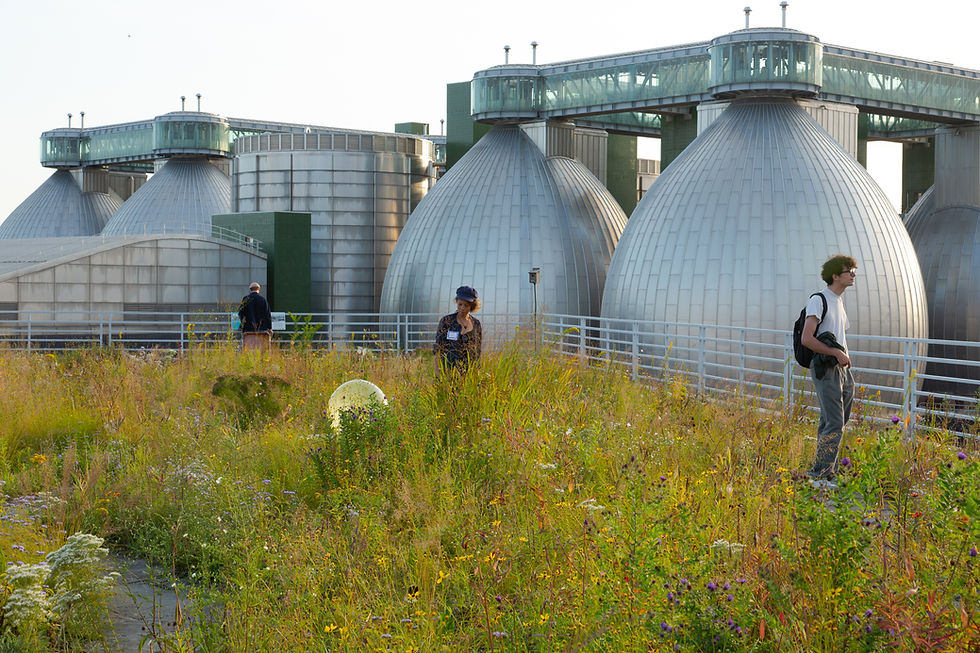9 September 2025
Best Practices in Electric Vehicle Transition: Lessons from Europe

Introduction
Europe has emerged as a global leader in the transition to zero-emission logistics. Driven by ambitious climate goals, robust regulatory frameworks, and a growing urban push for clean air and livable streets, the region is witnessing a rapid transformation of its last-mile delivery systems.
From national postal operators to multinational retailers, European actors are deploying electric vehicles at scale, supported by expanding charging infrastructure, urban consolidation hubs, and progressive policies such as low-emission zones and congestion pricing. In this context, the private and public sectors are co-creating scalable solutions that blend technology, service quality, and environmental responsibility.
The following case studies from Belgium, Austria, and France showcase leading practices across different delivery segments—from heavy-duty retail freight to agile urban couriers. Together, they highlight the diversity of approaches being used to decarbonize logistics while maintaining performance and customer satisfaction.
bpost
Pioneering “ecozones” for zero-emission deliveries in Belgian cities
bpost, Belgium’s national postal service, is setting a new standard for clean urban logistics through its innovative “ecozones”—designated areas where all letters and parcels are delivered by electric van, by bike, or on foot. Ecozones also feature a dense network of microhubs for centralized parcel collection. The company has prioritized urban areas with high delivery demand for its ecozone agreements.
As of mid-2025, bpost operates 15 ecozones across the country, including in parts of the country’s two largest cities, Brussels and Antwerp. According to an assessment by the Brussels Free University, carbon emissions in these ecozones have been slashed by 97%. The company aims to achieve 25 ecozones by end-2025, and nationwide zero-emission last-mile delivery by 2030. As of this writing, 21% of deliveries in Belgium reportedly have gone emission-free.
Best Practices
Electrified Last-Mile Fleet: bpost ensures that all deliveries within ecozones are made using e-bikes, cargo bikes and electric vans. This vehicle mix enables flexible, efficient and zero-emission deliveries across a range of urban landscapes—from dense city centers to suburban neighborhoods.
Hyper-Local Access via Parcel Lockers and Pick-Up Points: A defining feature of each ecozone is its dense network of parcel lockers and pick-up points, designed to be accessible within “slipper distance” of every home or workplace. This local-first approach reduces delivery-related traffic and emissions, while enhancing convenience for residents.
Strategically located micro‑hubs: In certain cities, bpost has implemented strategically located micro‑hubs. These mini depots serve as local consolidation points where mail carriers can reload electric-bike trailers or e‑vans mid-round, eliminating unnecessary return trips to central sorting centres and ensuring delivery efficiency.
LIDL Austria
Accelerating Zero-Emission Logistics with Electric Trucks
As one of Europe’s largest supermarket chains, Lidl is working toward climate-friendly logistics through its Austrian operations. Lidl Austria is rolling out electric trucks across its supply chain to ensure locally CO₂-neutral store deliveries by 2030 while maintaining high service performance, full operational usability of vehicles and avoiding ongoing cost increases compared to conventional transport solutions.
This transition is expected to deliver annual emissions savings of approximately 15,000 tons CO₂ equivalent, positioning Lidl Austria as a frontrunner in sustainable retail logistics.
Best Practices
Comprehensive Electrification Strategy: Lidl Austria is electrifying its entire logistics chain, including long-haul delivery routes. Notably, the Laakirchen project, which involves a 1,000 km round trip, demonstrates that fully electric operations are already viable even for regional and interregional transport.
Charging Infrastructure: To support its growing electric fleet, the group operates more than 10,000 EV charge points, including high-capacity 360 kW DC chargers at selected logistics hubs. This ensures efficient recharging and minimizes vehicle downtime.
Integration of Renewable Energy: All electric trucks are charged using renewable electricity generated by Lidl Austria’s own photovoltaic systems, further reducing the carbon footprint of logistics operations and enhancing energy self-sufficiency.
La Poste Groupe
Scaling Clean Urban Logistics Through Electrification and Consolidation
In October 2021, La Poste Groupe signed the Business Ambition for 1.5°C commitment under the Science Based Targets initiative (SBTi), pledging to reach net-zero greenhouse gas emissions by 2050. In March 2024, SBTi officially validated La Poste’s 2040 net-zero pathway.
La Poste is working toward a responsible model of urban logistics. By 2025, the company aims to provide 100% zero- and low-emission deliveries in 350 cities across Europe. With 37% of its fleet electrified, including 37,000 EVs and 15,000 e-bikes, La Poste operates one of the largest electric delivery fleets in Europe.
Best Practices
Urban Logistics Hubs and Flow Consolidation: To reduce vehicle traffic and optimize last-mile operations, La Poste deploys a network of “urban logistics hotels” at city entry points. These are supported by consolidation centres, logistics sites within cities, where large trucks are unloaded and goods are reallocated to urban logistics spaces for final delivery by low-impact modes such as cargo bikes.
Expanded Delivery and Access Options: La Poste is diversifying delivery services with a strong focus on customer convenience and sustainability. New solutions include: parcel lockers (pick-up points), time-slot delivery, click and collect from local shops, workplace delivery and neighborhood concierge services and pedestrian drive-throughs.
Lessons for EV Transition
In Europe, the cases here highlight the role of convenient, accessible microhubs in driving delivery emissions reductions. Parcel lockers and pick-up points give customers flexible delivery options, while reducing vehicle trips and congestion. To maximize their impact, they must be combined with comprehensive strategies for electric vehicle deployment and non-motorized movement of goods, especially through dense urban centers.
These examples also demonstrate that ambitious climate goals can align with operational excellence when supported by integrated planning. bpost’s ecozones show how targeted geographic rollouts can achieve near-total emissions cuts in high-demand areas. Lidl Austria illustrates that even long-haul retail freight can be decarbonized through electrification paired with renewable energy and robust charging networks. La Poste’s urban logistics hubs prove that consolidating flows before the last mile can make zero-emission deliveries viable at national scale. Together, they offer a clear roadmap: invest in local access points, electrify fleets with renewable power, and design logistics systems around efficiency and community benefit.
Explore the Report
Dive into the case studies and see what’s working today. Download the Full Report




